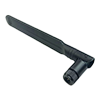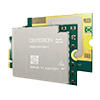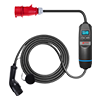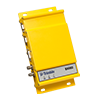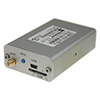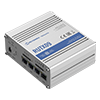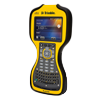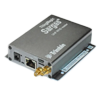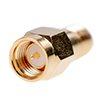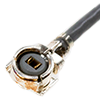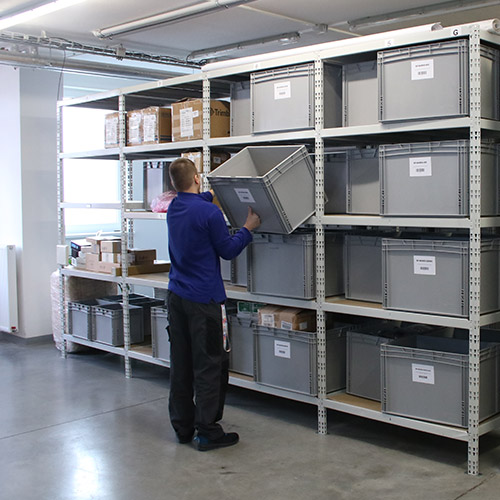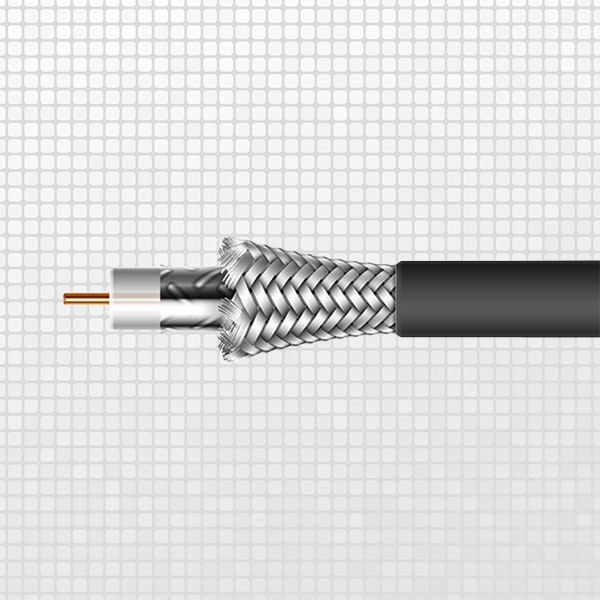Mobile technologies operate in the licensed frequency band and, given today's coverage of these networks, can provide a very reliable connection. They allow applications to work in very demanding conditions and communicate over very long distances. MoreTonnection variants are now possible. For wireless communication, IoT devices can use, for example, LoRa networks (in the ISM band), 2G, NB-IoT, Cat.M and others.
Of course, not every technology suits all applications. Therefore, it is necessary to create an input analysis and select the most appropriate data transfer technology.
The introduction of Cat.M and NB-IoT mobile technologies brings new possibilities. These technologies enable much better performance efficiency and range than was previously possible on mobile networks.
What are the differences between NB-IoT and Cat.M and what should be taken into account when choosing connectivity, especially in terms of energy efficiency?
First, we need to consider how often and how much data your application needs.
Cat.M has been designed to work efficiently with lower data volumes, while NB-IoT is more focused on individual messages.
We classify both of these technologies in 4th generation (4G) networks. In comparison, the NB-IoT standard is slower and the maximum theoretical transfer rate is around 250 kbps compared to the Cat M.1, which has a higher transfer rate of up to 1 Mb / s.
We will explain the whole situation on a real example. Imagine that we have a cloud application that collects data from individual sensors. For such data, more or less focused on telemetry collection, NB-IoT technology is perfectly suitable. This also emphasizes the high requirements of energy efficiency. If we would like to watch and transfer photos from photo traps, intersections, or watch some shorter videos in lower quality, we can use Cat. M.
Another important aspect is the availability of technologies in the region that are constantly innovating. There are still places where there is only one or even no mobile technology available today. There may not be enough coverage everywhere, so it is sometimes necessary to resort to an older, very reliable and proven solution, and that is 2G networks.
Long battery life is an essential point for the existence of devices operating in NB - IoT networks.
Narrowband Internet of Things (NB-IoT) is a special type of wireless connectivity designed to support communication between devices within the Internet of Things (IoT). This technology focuses on efficiently connecting a number of devices that require low power consumption, long battery life and the ability to communicate in difficult environments such as underground spaces or remote areas.
The tactical choice of technology and the way your IoT device is connected is a big step towards achieving longer device life.
Battery life is very important for NB-IoT technology, because this method of power supply allows the installation of converters (gateways) to places where there is no permanent source of electricity, or to places where there is no technical readiness, and thus significantly increase the possibilities of using this technology. This will make it more convenient for other sensors and new applications, eg in the measuring industry.
Long battery life is related to the appropriate setting of rules and frequency of transmissions in NB-IoT networks. A properly tuned sensor that is powered by a low-cost battery helps reduce equipment maintenance costs, which plays a key role for consumers.
Nowadays, there are many connection options and they all serve a variety of uses.
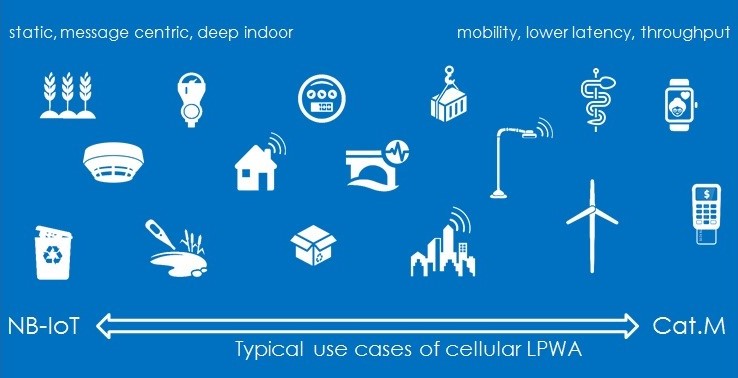
Comparison of Cat.M and NB-IoT technologies with 2G technology
Cat.M and NB-IoT technologies have an advantage over 2G. This is energy efficiency in terms of massive deployment of equipment in the network.
2G networks offer almost no features that reduce power consumption, such as PSM and eDRX, but the device can still be optimized to work efficiently, for example, with built-in sleep modes. Therefore, many devices are still working on 2G technology, including alarm sensors, remote measurements, etc.
However, 2G network connectivity may still be required in some locations, especially for applications that require global coverage.
Thales pays great attention to proper HW design when developing products. Its goal is to supply high quality products with a long service life.
In the early stages of development, they focus on testing products with different components, then evaluate and choose the best possible combination, which aims at minimum energy consumption and provides sufficient durability.
The development team has state-of-the-art testing and development tools and is able to test all relevant module parameters.
Thales has introduced the ENS22-E Starter IoT DevKit, which is easy to configure and comes with the ENS22-E embedded module. The ENS22-E wireless module provides a highly efficient NB-IoT mobile connection supporting even 5G functions. The Starter Kit contains the basic resources of the development kit for IoT applications.
DevKit ENS22-E can work independently without the need to connect any other tools or devices.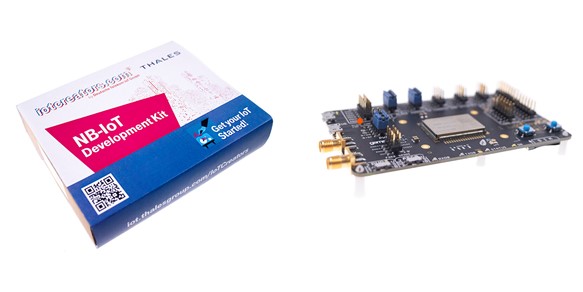 Thales also offers modules for devices such as terminals or modem cards.
Thales also offers modules for devices such as terminals or modem cards.
Are you interested in this product? Take a look at our range of IoT and SMART solutions.
